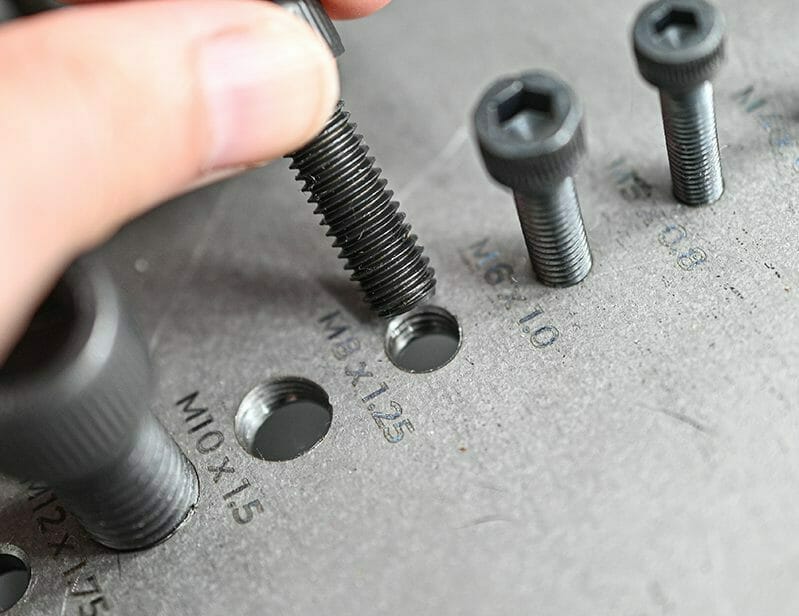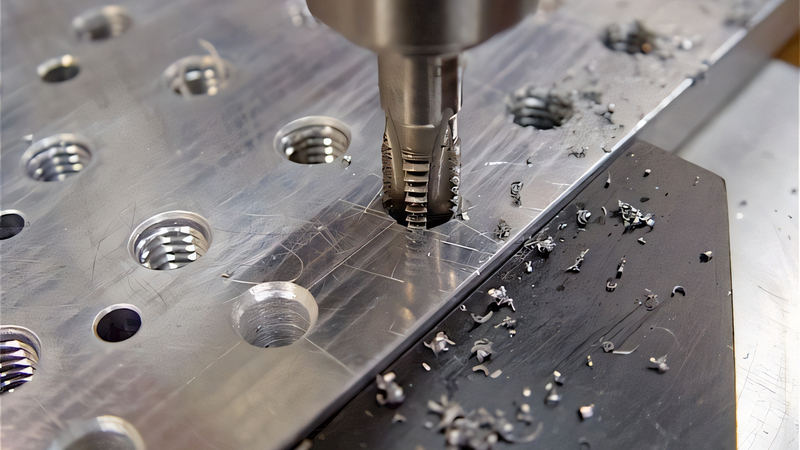In machining, holes are a common feature that can be created using various techniques. Two of the most common types of holes are tapped holes and drilled holes. While both types of holes have their own applications and uses, there are key differences between them. In this article, we will explore the differences between tapped holes and drilled holes in machining.
What is a Tapped Hole?
A tapped hole is a hole that has been drilled and then threaded using a tap. The tap cuts threads into the material, creating a hole that can be used to attach other parts or components. Tapped holes are commonly used in materials such as metal, plastic, and wood.

What is a Drilled Hole?
A drilled hole is a hole that has been created using a drill bit. The drill bit removes material from the workpiece, creating a hole with a specific diameter and depth. Drilled holes can be used for various purposes, including fastening components together or creating passages for fluids or gases.
Key Differences between Tapped Holes and Drilled Holes
One of the main differences between tapped holes and drilled holes is their purpose. Tapped holes are designed to provide a secure connection between components, while drilled holes are often used for other purposes such as fastening or fluid flow.
Threaded vs. Non-Threaded Holes
Another key difference between tapped hole and drilled holes is the presence of threads. Tapped holes have threads cut into the material, while drilled holes do not have threads unless they are subsequently tapped.
Material Removal
The process of creating tapped holes and drilled holes also differs in terms of material removal. When drilling a hole, material is removed from the workpiece using a drill bit. In contrast, tapping involves cutting threads into existing material without removing significant amounts of it.
Applications
Tapped holes and drilled holes have different applications due to their distinct characteristics. Tapped holes are commonly used in applications where high-strength connections are required, such as engine mounts or gearboxes. Drilled holes, on the other hand, are often used in applications where fluid flow or simple fastening is required.

Machining Considerations
When machining tapped or drilled holes, several factors must be considered to ensure accurate results. These factors include tool selection, cutting speeds & feeds rates along with proper coolant usage – all play critical roles achieving desired finish & dimensional tolerances on final product!
Conclusion
In conclusion, while both tapped & drillled type machined features share some similarities but differ significantly based upon purpose functionality which ultimately decides suitability depending upon intended application requirements So next time working manufacturing project remember these subtle yet important distinctions ensure best possible outcomes every single time!

